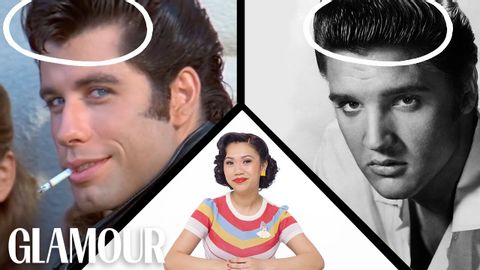
Subtitles & vocabulary
Fashion Expert Fact Checks Grease's Wardrobe | Glamour
00
林宜悉 posted on 2020/03/27Save
Video vocabulary
individual
US /ˌɪndəˈvɪdʒuəl/
・
UK /ˌɪndɪˈvɪdʒuəl/
- Countable Noun
- Single person, looked at separately from others
- A single thing or item, especially when part of a set or group.
- Adjective
- Made for use by one single person
- Having a distinct manner different from others
A2
More subtle
US /ˈsʌtl/
・
UK /'sʌtl/
- Adjective
- Delicate or slight so it is difficult to perceive
- Clever or indirect but hides the true purpose
B1
More Use Energy
Unlock All Vocabulary
Unlock pronunciation, explanations, and filters
